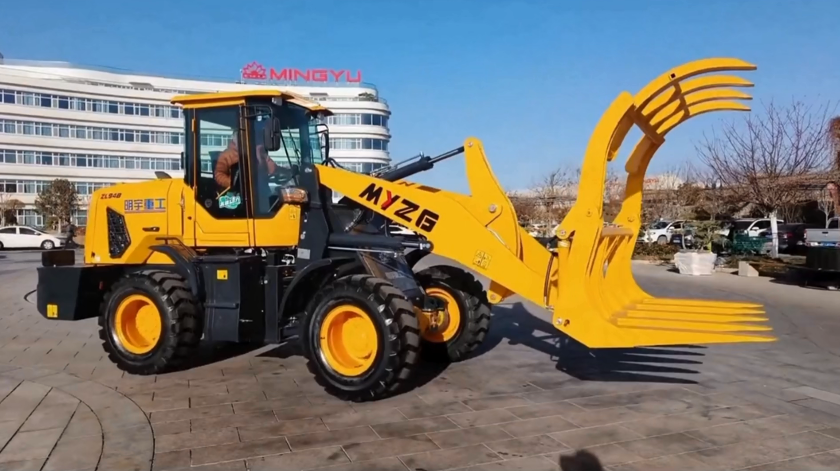Introduction
A wheel loader, a versatile piece of heavy equipment, is a cornerstone in construction, mining, and agriculture. Its capacity to handle heavy loads and perform arduous tasks is directly linked to its operating weight. Understanding this fundamental parameter is crucial for selecting the right machine for specific applications and ensuring optimal performance.
What is Operating Weight?

Operating weight, simply put, is the total weight of a wheel loader when it's ready to work. This includes the base machine, engine, hydraulic system, tires, and any optional attachments like buckets or forks. It's a dynamic figure that can vary depending on factors like fuel level, operator weight, and additional equipment.
Why is Operating Weight Important?
Operating weight significantly impacts a wheel loader's capabilities and limitations:
- Traction and Stability: A heavier machine generally offers better traction, especially on soft or uneven terrain. This is crucial for maintaining stability during heavy lifting and maneuvering.
- Lifting Capacity: A heavier machine can typically lift heavier loads. However, it's essential to consider the machine's rated capacity to avoid overloading.
- Transport and Logistics: The operating weight determines the type of transport required, the load capacity of trailers, and the necessary permits.
- Ground Pressure: A heavier machine exerts more ground pressure, which can affect the ground's bearing capacity, especially in soft soil conditions.
Factors Affecting Operating Weight
- Base Machine Weight: The weight of the basic chassis, engine, and hydraulic system.
- Counterweight: Additional weight added to the rear of the machine to improve stability and lifting capacity.
- Bucket and Attachment Weight: The weight of the bucket or other attachments used for specific tasks.
- Fuel and Fluids: The weight of fuel, hydraulic oil, and other fluids.
- Operator Weight: The weight of the operator and any passengers.

How to Determine Operating Weight
- Manufacturer's Specifications: The most reliable source for operating weight is the manufacturer's specifications.
- Weighing the Machine: Using specialized scales or load cells to weigh the entire machine.
- Estimating Based on Similar Models: If precise data isn't available, estimating based on similar models can be helpful.
Operating Weight and Machine Performance
- Productivity: A heavier machine can handle larger loads and work more efficiently in demanding conditions.
- Fuel Consumption: A heavier machine may consume more fuel, especially when operating on inclines or soft ground.
- Tire Wear: Increased weight can accelerate tire wear, particularly in harsh environments.
- Maintenance Costs: Heavier machines may require more frequent maintenance and repairs.
Future Trends in Wheel Loader Weight
- Lightweight Materials: The use of advanced materials can reduce the overall weight of machines without compromising strength.
- Hybrid and Electric Powertrains: These technologies can reduce the weight of traditional powertrains.
- Modular Design: Modular components can be added or removed to optimize the machine's weight for specific tasks.
Conclusion
Operating weight is a critical factor to consider when selecting and operating a wheel loader. By understanding the factors influencing operating weight and its impact on performance, operators can make informed decisions to maximize productivity and minimize costs. As technology continues to evolve, we can expect to see innovative solutions that further optimize the weight and capabilities of wheel loaders.
Post time:Nov.07.2024
